 This puzzle from the Scottish Mathematical Council (SMC) Senior Mathematics Challenge seems at first to have insufficient information to solve.
This puzzle from the Scottish Mathematical Council (SMC) Senior Mathematics Challenge seems at first to have insufficient information to solve.
“Ant and Dec had a race up a hill and back down by the same route. It was 3 miles from the start to the top of the hill. Ant got there first but was so exhausted that he had to rest for 15 minutes. While he was resting, Dec arrived and went straight back down again. Ant eventually passed Dec on the way down just half a mile before the finish.
Both ran at a steady speed uphill and downhill and, for both of them, their downhill speed was one and a half times faster than their uphill speed. Ant had bet Dec that he would beat him by at least a minute.
Did Ant win his bet?”
Answer.
See the Close Race Puzzle for solutions.
(Update 1/2/2023) Alternative Solution from Oscar Rojas Continue reading →
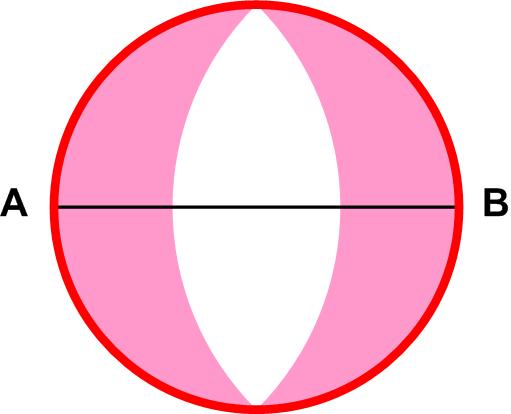 This is a straight-forward problem from the Scottish Mathematical Council (SMC) Senior Mathematics Challenge.
This is a straight-forward problem from the Scottish Mathematical Council (SMC) Senior Mathematics Challenge.
 This puzzle from the Scottish Mathematical Council (SMC) Senior Mathematics Challenge seems at first to have insufficient information to solve.
This puzzle from the Scottish Mathematical Council (SMC) Senior Mathematics Challenge seems at first to have insufficient information to solve.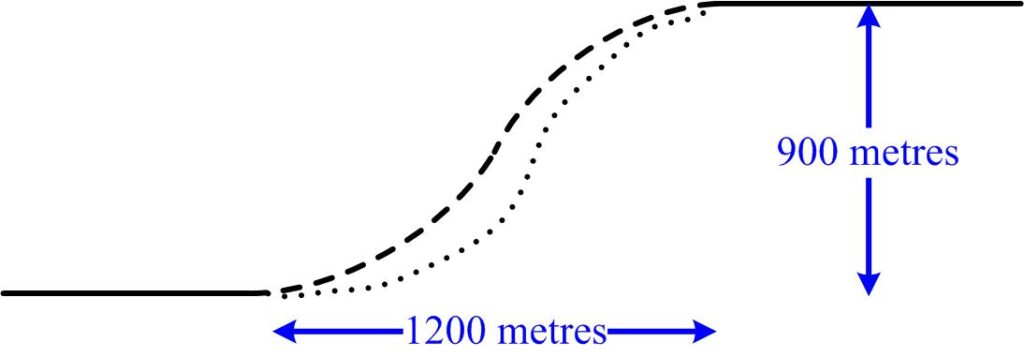 This is an interesting problem from the Scottish Mathematics Council (SMC) 2014 Senior Math Challenge .
This is an interesting problem from the Scottish Mathematics Council (SMC) 2014 Senior Math Challenge . This puzzle from the Scottish Mathematical Council (SMC) Middle Mathematics Challenge has an interesting twist to it.
This puzzle from the Scottish Mathematical Council (SMC) Middle Mathematics Challenge has an interesting twist to it.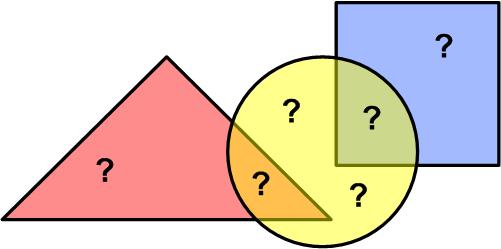 This is a nice puzzle from the Scottish Mathematical Council (SMC) Senior Mathematical Challenge of 2008. It is more a logic puzzle than a geometric one.
This is a nice puzzle from the Scottish Mathematical Council (SMC) Senior Mathematical Challenge of 2008. It is more a logic puzzle than a geometric one.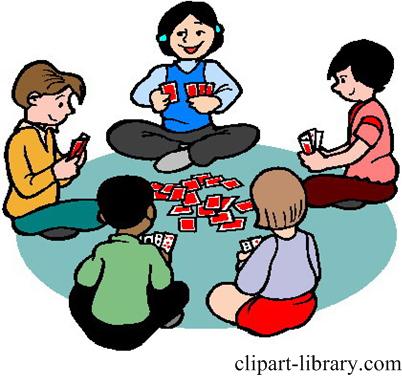 This problem comes from the Scottish Mathematical Council (SMC) Senior Mathematical Challenge of 2007:
This problem comes from the Scottish Mathematical Council (SMC) Senior Mathematical Challenge of 2007: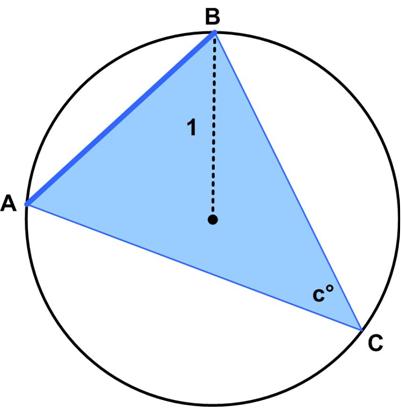 This is another nice puzzle from the Scottish Mathematical Council (SMC) Senior Mathematical Challenge of 2008.
This is another nice puzzle from the Scottish Mathematical Council (SMC) Senior Mathematical Challenge of 2008. This is a nice geometric problem from the Scottish Mathematical Council (SMC) Senior Mathematical Challenge of 2008.
This is a nice geometric problem from the Scottish Mathematical Council (SMC) Senior Mathematical Challenge of 2008. This problem comes from the Scottish Mathematical Council (SMC) Senior Mathematical Challenge of 2008:
This problem comes from the Scottish Mathematical Council (SMC) Senior Mathematical Challenge of 2008: